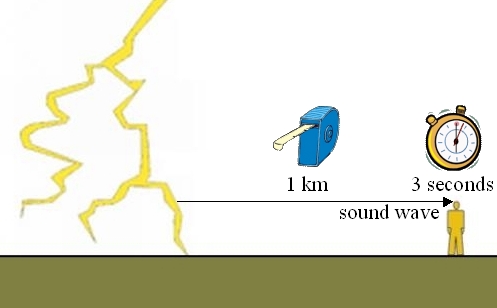Why does Lightning always Come before Thunder?
Why does Lightning always Come before Thunder?
LEE Lap-shun
The God of Thunder was empowered by the Jade Emperor to punish bad people on the Earth. Once, the God of Thunder mistakenly killed a kind-hearted woman. The Jade Emperor, having looked into the matter, raised the woman from death and named her the Goddess of Lightning. He also dictated that whenever the God of Thunder stroke the Earth, he must let the Goddess of Lightning release light first to distinguish the right from wrong and prevent injustice.
The above is just a Chinese legend. In nature, a lightning flash and the associated thunder occur at almost the same time in a thunderstorm. A person on the ground sees the lightning flash before hearing the thunder because light at a speed of around 300,000,000 meters per second travels much faster than sound which moves at 340 meters per second. If one is 1,000 meters away from the thunderstorm, he/she would see the flash almost instantly after lightning occurs as it takes just a few microseconds, while the thunder arrives only after about 3 seconds (1,000 meters divided by 340 meters per second).

A person at 1 km away from the thunderstorm hears the thunder about 3 seconds after seeing the lightning flash.(Objects in the diagram are not to scale)
As a rule of thumb, by counting the seconds between the flash and the thunder and dividing the number by 3, you can estimate your distance from the thunderstorm in kilometers. For example, if you hear the thunder 9 seconds after seeing the flash, the thunderstorm should be about 3 kilometers away from you. If you see a flash and hear a thunder clap almost simultaneously, the storm must be very near you. Seek shelter immediately.
Lightning always comes with thunder. If you see a lightning flash but cannot hear any thunder, the thunderstorm is most likely be quite far away from you. The thunder clap must have been deflected up the sky. The longer the sound travels, the more it will be deflected away from the ground. Typically, thunder is seldom heard beyond 15 kilometers from the storm.